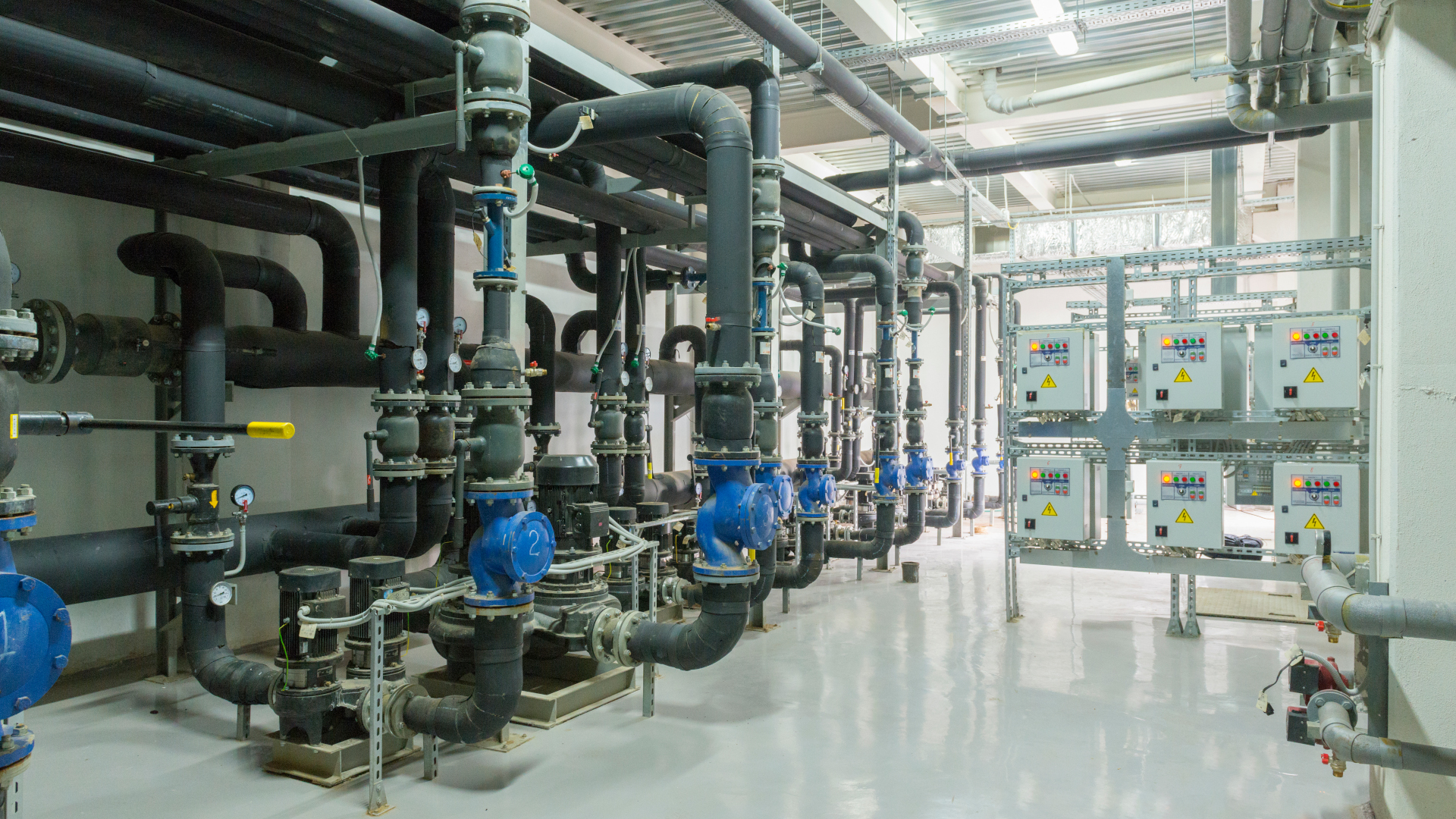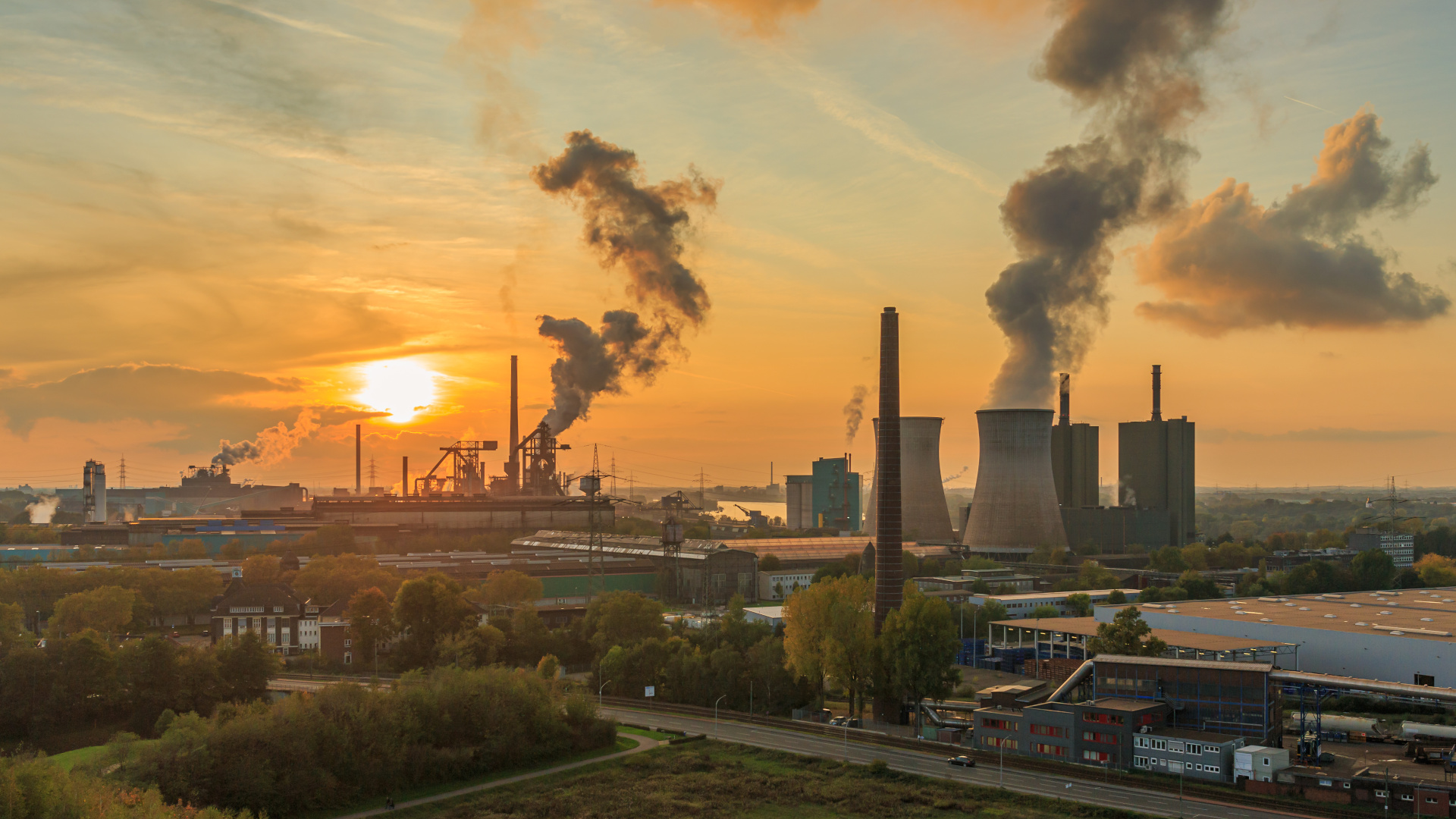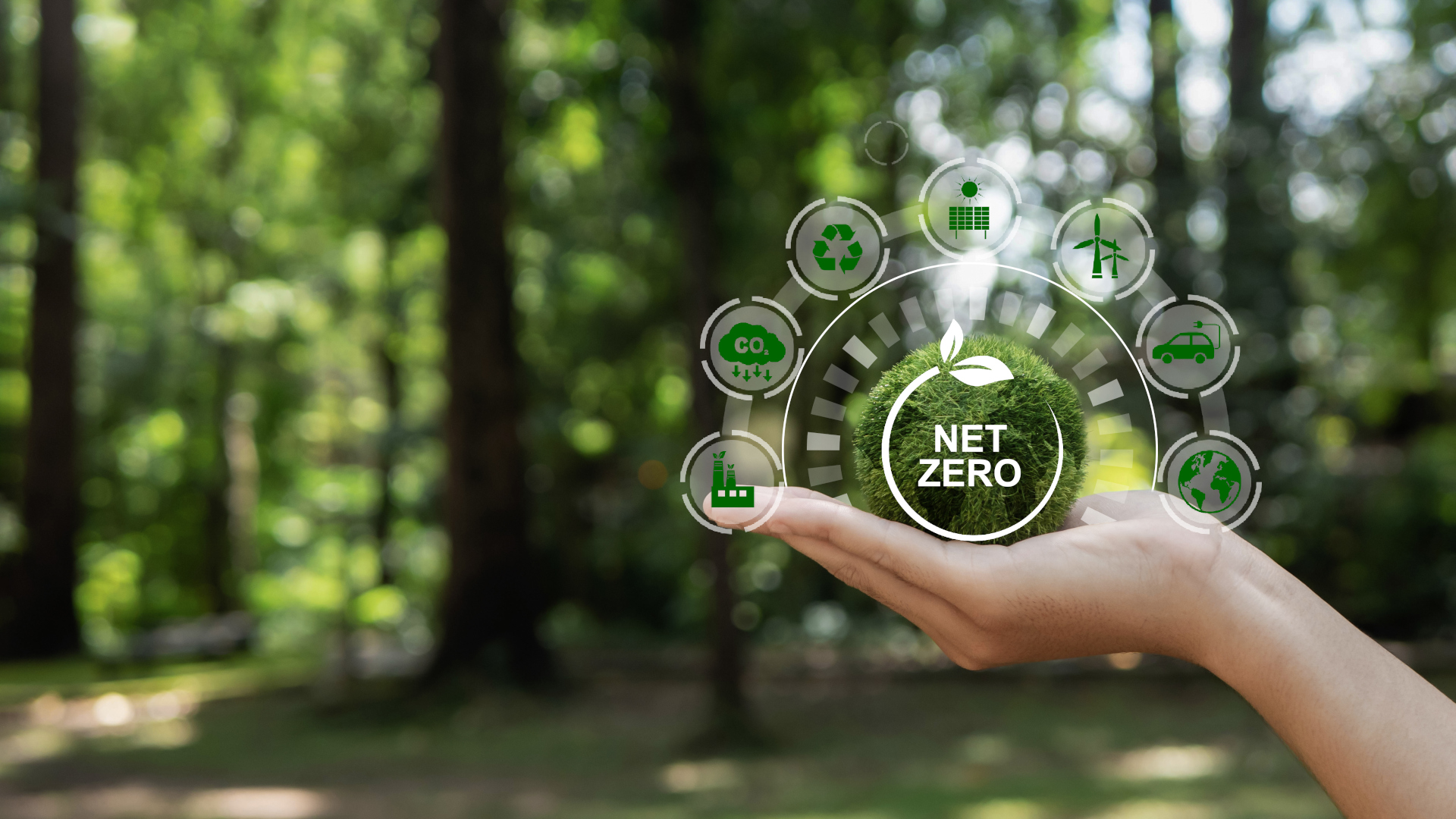Climate change and energy use is at the forefront of everyone’s minds as both summer temperatures and energy bills continue to hit record highs. The UK government has set a target of achieving net zero by 2050, but what does this actually mean for SMEs and how can we use these targets to benefit our businesses?
SMEs are in a unique place to help the UK achieve net zero goals. Making up 99.9% of the UK’s business population, SMEs are thought to be responsible for roughly half of the UK’s business greenhouse gas emissions. The potential to drastically reduce the greenhouse gas emissions of the country is there, but only if SMEs take the opportunity to make a difference. While the chance for SMEs to make a difference is large, knowing where to start, and what to do is harder to identify.
There are a lot of different terms surrounding climate change. So, what actually is net zero, and what does it look like for a SME?
Net Zero – A balance between the greenhouse gases entering the atmosphere and the greenhouse gases being removed from it.
Due to the large range and variety of SMEs, there is no single fixed method for achieving net zero. Operational emissions tend to be the main focus considered by SMEs, as reducing their operational emissions has a direct impact on their operating costs (in the form of gas and electric bills). However, SBTi (Science Based Targets initiative) have clearly identified that achieving net zero for corporations means that the entire supply chain needs to be considered, and is frequently the largest part of a SMEs emissions.
Emissions
Energy use is often referred to in terms of scopes. There are 3 scopes, and every form of energy we use falls into one of the three. These identify what emissions are happening where and can provide a good starting point for anyone interested in reducing emissions.
Scope 1 (Direct emissions) – Emissions from activities and sources owned and controlled by the business. This includes company vehicles, gas boilers, and refrigerant leaks.
Scope 2 (Indirect emissions) – These emissions are produced as a result of our energy consumption, but they are not under your direct control. This includes purchased electricity, heat, and steam.
Scope 3 (Other indirect emissions) – This is the biggest category and covers “everything else”. The emissions from your employees commute to work, the emissions of your supply chain, even the goods and services you use in your company. These emissions can be separated into 15 different categories, and looks at the “upstream” and “downstream” emissions of your company.
First Steps – Scope 1 and 2 Emissions
- Set a baseline. With only 6% of SMEs having measured their emission footprints, the starting point is obvious – work out what your company is consuming right now. You can use resources such as energy bills and mileage receipts to help you. Aim to get this data for a period of a year, to fully understand your usage.
- When you’ve worked out what you’re using, it’s time to identify an area that you can work upon and set a clear target for that area. It could be as in depth as putting together an entire emission reduction business plan for the next 5 years, or as simple as installing a smart meter/half hourly meter, to help you fully understand how and when you use energy. If you don’t know where to begin, booking an energy audit will help identify areas where you could be saving energy. Consider aligning your goals with the energy hierarchy, which lists the actions we can take in order of highest priority (most sustainable) to lowest priority (least sustainable).
- Make sure to engage your staff with the targets that are being sent, and any changes that they will need to be aware of. Letting people know about sustainable targets helps attract and retain both customers and employees, and this is also the best way of ensuring that the target your business has set is met.
- Whilst you are making changes, ensure that someone is monitoring the progress that you are making. If progress is made towards a target, let the company know what this progress is, and how close you are to meeting the target. If something isn’t working, take action to find out why, and what you can do to improve.
- Repeat the process again. If the change to your company was an action that could be completed (installing more efficient equipment, switching to a renewable supplier of energy), then begin the process again and choose a different area to target. If the action was one that needs to be ongoing (staff behavioural change) find ways to maintain the momentum and therefore impact of this target.
First Steps – Scope 3 Emissions
As mentioned earlier, Scope 3 emissions are split into 15 different categories and span everything from investments to transportation and distribution. This is the trickiest part of quantifying the work that needs to be done before you can call yourself a net zero company.
- Choose a single category to begin work on. As tempting as it is to dive into any project headfirst, achieving net zero is a long process and cannot be achieved in a single step. Identifying savings in a single area and committing to achieving them will benefit your business more in the long run than making several hastily thought through decisions.
- Making use of an online tool is the best way to quantify your scope 3 emissions. This helps you to ensure that nothing gets missed in your accounting. The Business Climate Hub contains several different tools and resources to get you started.
- As with Scope 1 and 2 emissions, make sure to target, monitor and report your progress. Targets will take a different form to those of Scope 1 and 2, as they will likely involve other companies within your supply chain making changes, or your company making changes to work with other companies who have the same net zero goals as you. For example, reducing the upstream emissions associated with transporting goods to your company could take the form of switching to a more local supplier. Downstream emissions, such as waste treatment could involve ensuring that any goods sold by your company are recyclable, which may require changes to your production line.
Getting to net zero might seem like a daunting process, but it is one that all companies will have to undertake. With large companies required to report their greenhouse gas emissions, the pressure will soon be on SMEs to make changes as part of the supply chain. By starting towards net zero now, you can stay ahead of legislation, as well as making your business more attractive to potential clients.
At Decerna we can take you, from initial concept, through the process of understanding your carbon footprint, creating a Net Zero plan, and project managing the implementation. If you are interested, please get in touch on info@decerna.co.uk






